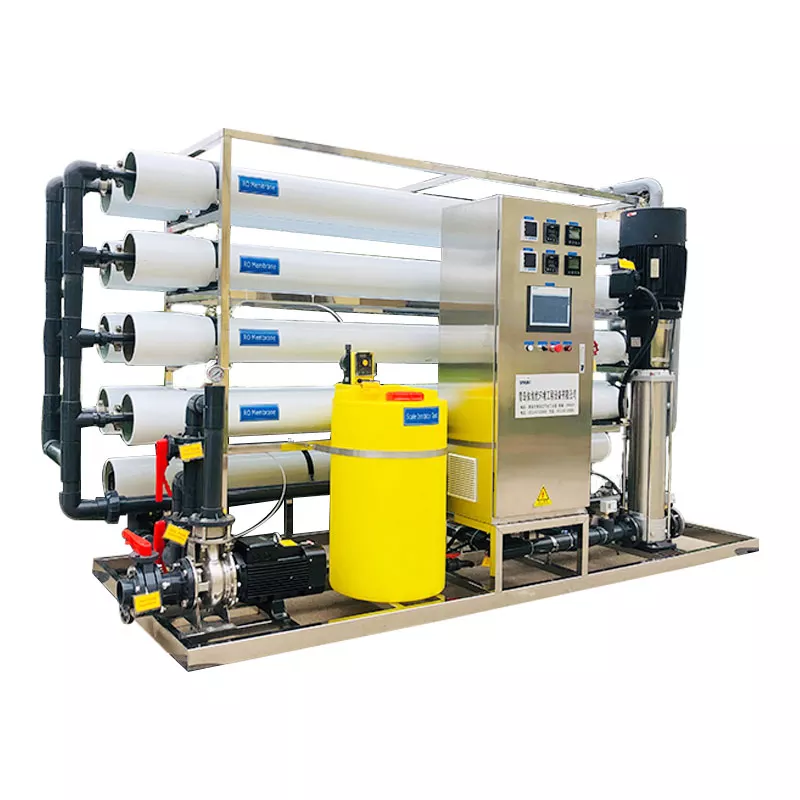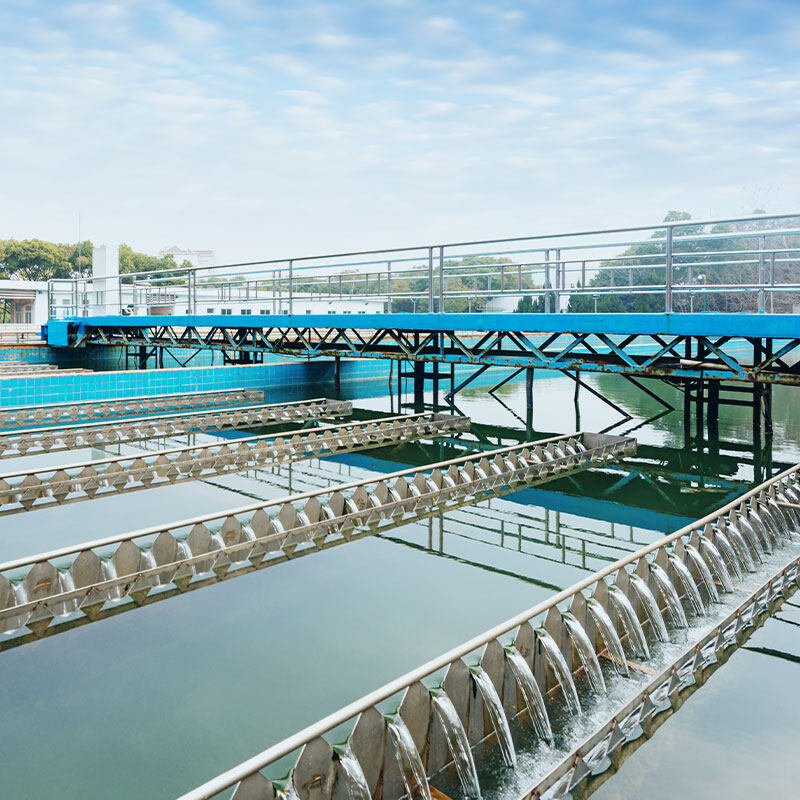Membrane Technology in High Salt Wastewater Treatment
The application of Membrane technologies such as Reverse Osmosis(RO), Ion Exchange, Microfiltration(MF), Ultrafiltration(UF), and Nanofiltration(NF) have comprehensively improved water treatment technology.
Micro filtration (MF), Ultrafiltration (UF), Nanofiltration (NF)
Due to the operating range of Nanofiltration(NF) is between Ultrafiltration(UF) and Reverse Osmosis(RO), which can intercept substances at the nanoscale (0.001 micrometers), it is called "nanofiltration".
Ultrafiltration and microfiltration are also used in the treatment of high salt wastewater, but are generally used for pre-treatment
Microfiltration(MF) can intercept viruses and particles larger than 0.1-1 micrometers, allowing macromolecules and soluble solids (inorganic salts) to pass through, but it will intercept suspended solids(SS), bacteria, and high molecular weight colloids. The operating pressure of the microfiltration membrane is generally 0.3-7bar.
Microfiltration membranes have the advantages of low operating pressure and high membrane flux, and are often used for water pretreatment. They are also applied in fields such as medicine, chemical engineering, electronics, etc.
Ultrafiltration(UF) can intercept substances greater than 0.01 micrometers, allowing small molecule substances and soluble solids (inorganic salts) to pass through, and remove large molecule organic matter, colloids, proteins, and microorganisms.
Ultrafiltration is mainly used for drinking water, industrial wastewater treatment, and high-purity water preparation.
Nanofiltration(NF) has a molecular weight of about 200-800MW to retain organic matter, and its ability to retain dissolved salts ranges from 20% to 98%. Its removal rate for soluble monovalent ions is lower than that of high valent ions.
The advantages of nanofiltration technology are low operating pressure and large throughput. It has obvious advantages and unique energy-saving effects in organic matter desalination and purification, water softening, and other aspects. It is generally used to remove organic matter and pigments in surface water, hardness and radium in groundwater, and partially removes dissolved salts. It is used for the extraction and concentration of useful substances in food and pharmaceutical production.
Reverse Osmosis (RO)
Reverse osmosis, also known as reverse osmosis, is a membrane separation operation that uses pressure difference as the driving force to separate solvents from a solution. At present, the application of reverse osmosis technology in pre desalination treatment has achieved good results. After reverse osmosis treatment, 99.5% of magnesium and calcium components and 99% of salt in water can be removed.
It can reduce the load of ion exchange resin by more than 90%, and the amount of resin regenerant can also be reduced by 90%. Therefore, it not only saves costs, but also benefits environmental protection. Reverse osmosis technology can also be used to remove particles, organic substances, and colloids in water, which has a good effect on reducing the pollution of ion exchange resins and extending their service life.
QDEVU series Sea Water Reverse Osmosis (SWRO) desalination plants are designed to treat sea water, or high salinity ground water, with < 45,000 mg/L of dissolved solids (TDS) and < 30 mg/L of suspended solids (TSS), to achieve potable water quality or other standard requested.
The standard treatment process involves pre filtration (auto-backwashing multimedia filters and cartridge filters), anti-scalant dosing to prevent membrane scaling, RO desalination and auto flushing and CIP systems for membrane cleaning.

Visit www.evuchina.com for more informations!




